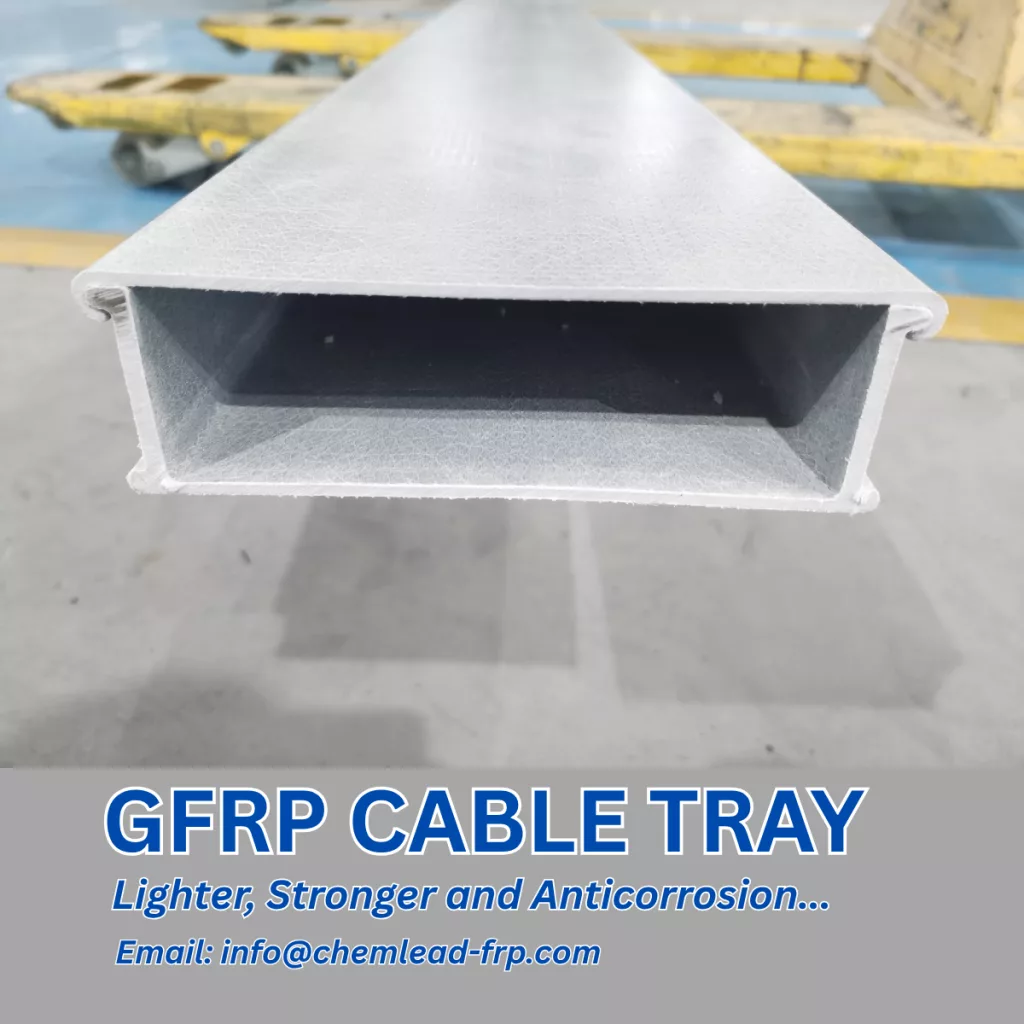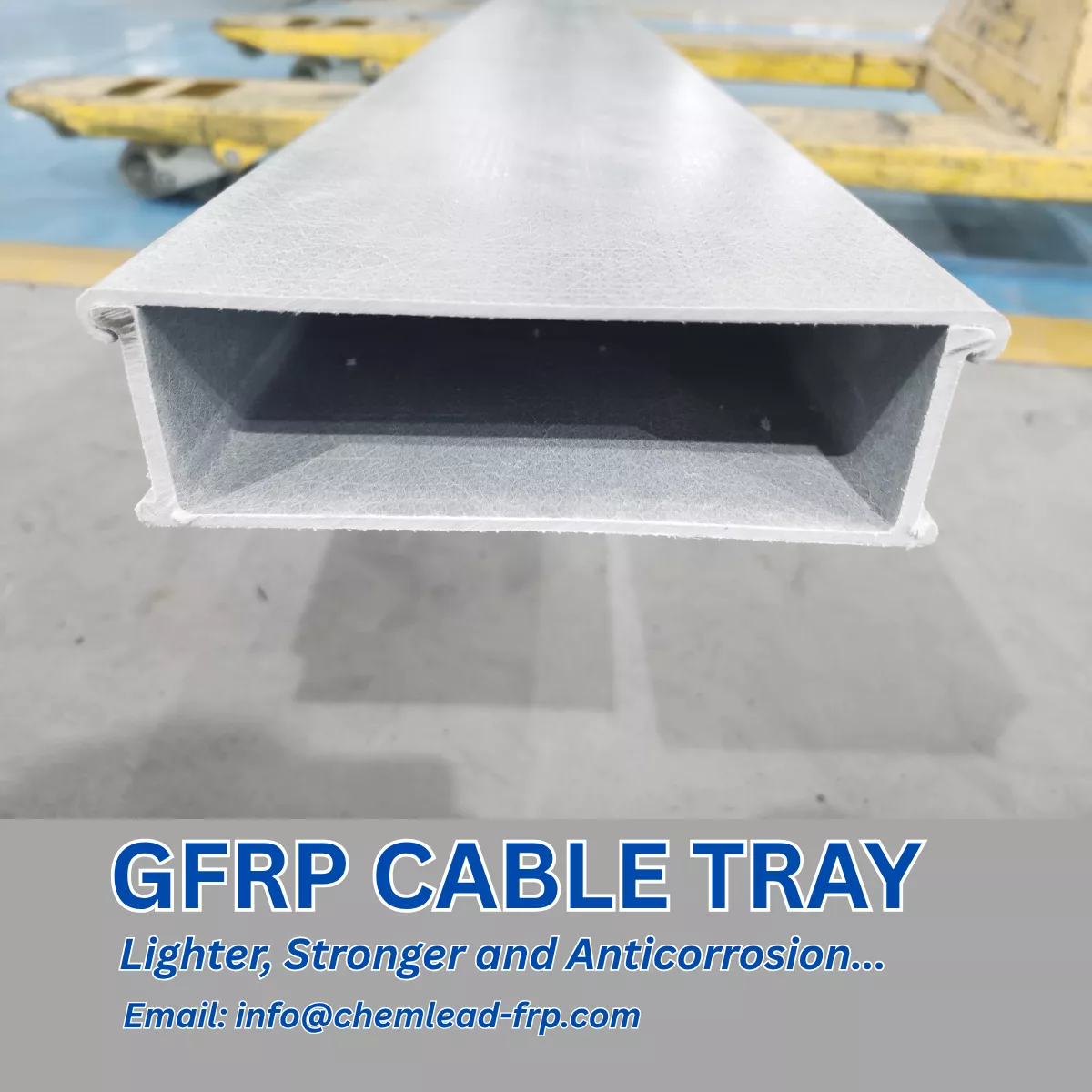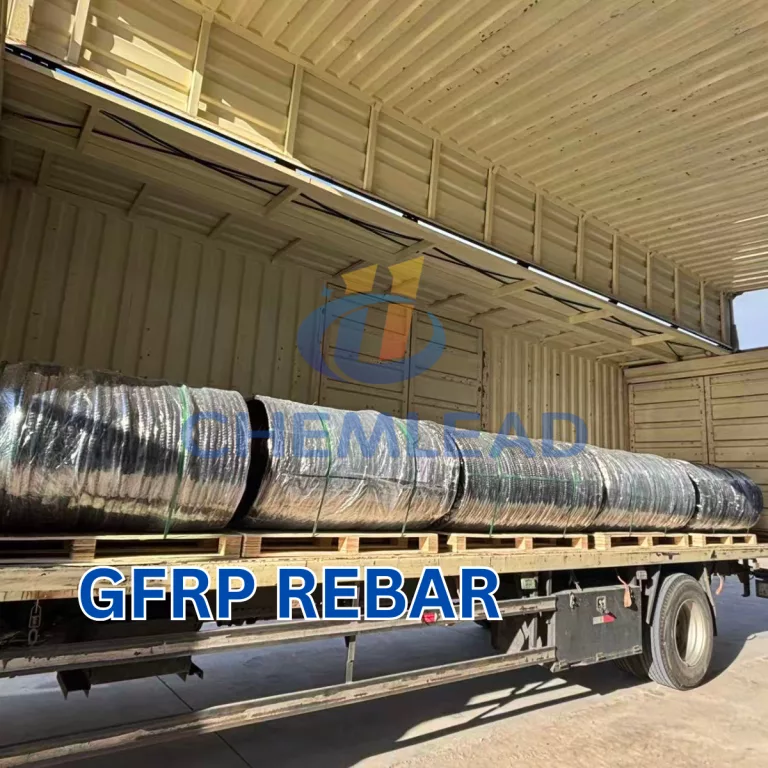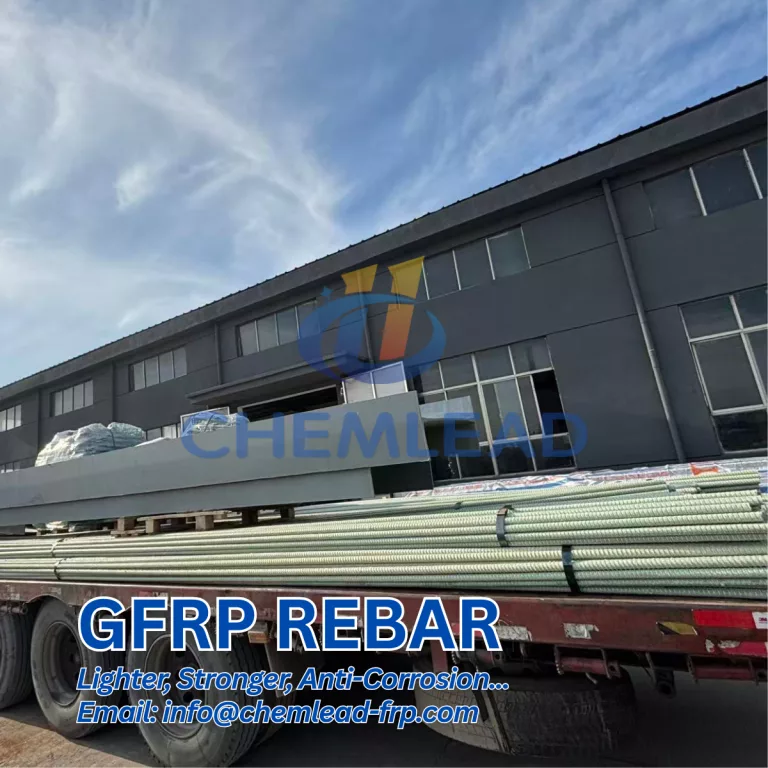+8613776545860

In industrial electrical systems, the cable tray you choose directly affects safety, durability, and long-term maintenance costs. For decades, steel was the standard—yet its heavy weight, corrosion problems, and high maintenance demands now make it less ideal for today’s harsh environments.
This is where FRP cable trays (Fiberglass Reinforced Plastic cable trays) stand out. These composite, corrosion-resistant trays are quickly becoming the preferred choice in petrochemical plants, offshore platforms, data centers, and other critical installations.
In this guide, we explain why FRP cable trays are replacing steel, their advantages, applications, specifications, and how to choose the right type for your project.
What Is an FRP Cable Tray?
An FRP cable tray is a structural support system made of fiberglass reinforced with polyester, vinyl ester, or epoxy resin. This composite material provides high strength, excellent corrosion resistance, and non-conductive properties, making it ideal for electrical and industrial environments.
Common types of FRP cable trays include:
-
FRP Ladder Cable Tray
-
FRP Channel Cable Tray
-
FRP Trough / Perforated Cable Tray
-
FRP Solid Bottom Cable Tray
These systems can be produced in custom lengths, thicknesses, colors, and fire-retardant grades.
Why FRP Cable Trays Are Replacing Steel Cable Trays
1. Superior Corrosion Resistance
Steel trays—especially galvanized or painted ones—rust over time. In environments with saltwater, chemical vapors, or humidity, corrosion occurs even faster.
FRP does not rust, pit, or corrode, even when exposed to:
-
Chemical plants
-
Wastewater treatment facilities
-
Coastal and offshore sites
-
Tunnels and high-humidity environments
This results in longer service life and lower maintenance costs.
2. Lightweight but High Strength
FRP cable trays can be 60–70% lighter than steel, making transportation and installation easier and cheaper.
Benefits include:
-
Fewer installers needed
-
No heavy lifting equipment
-
Faster installation time
-
Lower labor cost
Despite being lightweight, FRP maintains high tensile strength and structural stability suitable for heavy cable loads.
3. Electrically Non-Conductive and Fire Retardant
FRP is an electrically safe material, making it ideal for power plants, substations, and high-voltage environments.
Key safety advantages:
-
Electrically non-conductive
-
Fire-retardant options (UL94-V0 / ASTM E-84)
-
Low smoke and low toxicity grades
-
No grounding required
These characteristics significantly enhance system safety.
4. Weather & UV Resistant
Unlike steel, FRP cable trays do not degrade under:
-
UV sunlight
-
Acid rain
-
Temperature fluctuations
-
Outdoor exposure
This makes FRP ideal for long-term outdoor installation.
5. Zero Maintenance
Once installed, FRP cable trays require no painting, coating, or anti-rust treatment.
This lowers operating costs and eliminates downtime.
Common Applications of FRP Cable Trays
FRP cable trays are widely used in industries where corrosion and electrical safety are critical:
Industrial & Infrastructure Applications
-
Petrochemical & refinery plants
-
Water & wastewater treatment plants
-
Power stations & substations
-
Desalination plants
-
Chemical processing facilities
Construction & Transportation
-
Tunnel & subway systems
-
Bridges and highway cable management
-
Marine & offshore platforms
Technology & Commercial
-
Data centers
-
Factories & manufacturing facilities
-
Pharmaceutical and food plants
In these sectors, FRP cable trays often outperform aluminum and steel.
Specifications: Sizes & Options
Standard Sizes
-
Width: 50–1000 mm
-
Height: 50–200 mm
-
Thickness: 3–8 mm (or custom)
-
Length: 3 m, 6 m, or custom
Resin Systems
-
Polyester
-
Vinyl ester (best corrosion resistance)
-
Epoxy (high strength)
Color Options
-
Gray
-
Yellow
-
Green
-
Custom colors available
Accessories
-
Bends, tees, reducers
-
Covers
-
Splice plates
-
Support systems





 Get Free Quote Now! Don’t Hesitate!
Get Free Quote Now! Don’t Hesitate!